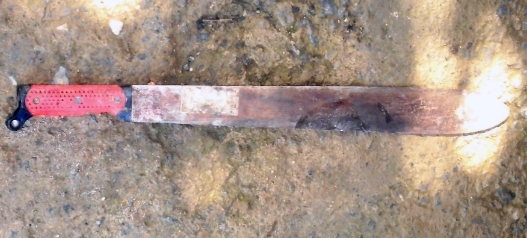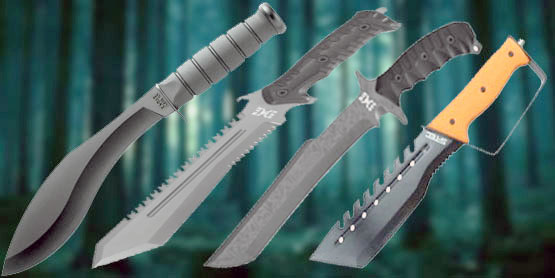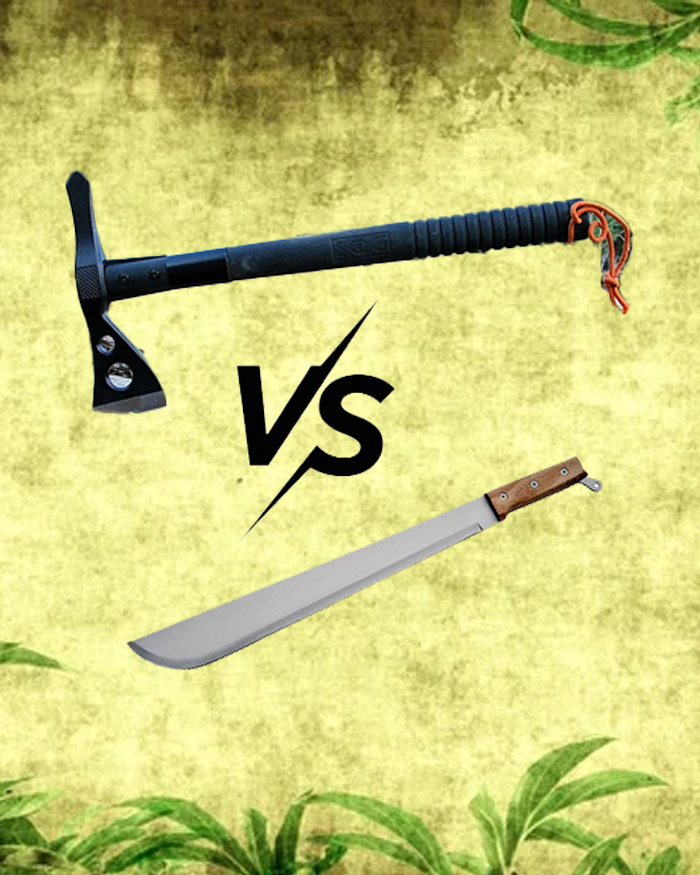Why Does The Machete Have Hole?
Undoubtedly, a machete has a wide range of functions and has become quite popular as a survival and outdoor tool. Functions of a machete include hacking, peeling, clearing, cutting, as a weapon (either for attacking or self-defense), foraging, etc. In several blade forums and survival websites, there has been some controversy regarding why machetes have a hole towards the end of the blade.
Table of Contents
Why Do Machetes Have Holes?
Not all machetes feature a hole close to the blade’s tip. Traditional, more ancient machetes don’t have this hole. Once these tools were mass-produced, the hole appeared to have developed. That is an effect of how certain brands of this blade are made.
Although only specific brands of machetes seem to have the hole, it appears frequently enough to have prompted inquiries about the machete’s history and intended applications. This topic has generated a lot of discussion on numerous forums.
Although the precise origin of the holes is unclear, the general belief is that they are a contemporary addition brought about by the mass manufacture of some of these blades. Several of these blades had to be secured during the sharpening and cutting out of the steel portions as part of the production process. Throughout these procedures, the machete is kept secure using the hole.
Since the hole is present in these blades, other producers have imitated it and added a hole onto their machete blades even though it is a necessary step in their production process. This has continued the myth that a hole at the tip of a machete blade is on purpose and serves some functional purpose.
According to some theories, the hole may be used to lighten the blade. This, in my opinion, is contrary to the original intention of the blade. The proper way to utilize a machete is to swing it upward toward the chosen target. More weight in the blade would not be a disadvantage for this type of chopping motion.
Some uses of the hole at the tip of the blade of a machete
People have found methods to use the hole for their goals despite not being meant to do so because it is a byproduct of the machete-making process. Uses include:
The blade can be hung on the wall using the hole.
Another usage is to remove the bark from small sticks and branches. Simply insert the stick into the hole, and the metal edges will separate the stick’s bark.
Some people have even used the machete as an improvised draw knife to shape wood by inserting a branch through the hole and using the handle and stick to hold the machete.
The machete can be tied to a stick via the hole and used as a fishing spear or a spear in general. The spear can be used for, as mentioned, fishing, hunting smaller animals, getting fruits from tree tops, or as a weapon for self-defense or attack.
You could slide your Ferro-rod through the hole to create sparks and start a fire in a more controlled way if the edge surrounding the hole is 90 degrees.
You might alternatively push little sticks or branches into the opening to remove their bark.
Why is a Hole at the End of a Machetes Handle?
Uses
To allow you to wrap a paracord handle around the blades’ handle, survival knives usually have these holes. Certain machetes in the market have also started to include the said hole in the handle to improve the grip of the machete.
Helps to improve the blade’s grip as you can jam your thumb or finger into the hole and use it for extra grip.
A larger hole would also help to reduce the production cost of the weapon as well. Adding holes uses less material, and thus the production costs go down.
Furthermore, it helps to reduce the costs associated with shipping because less material means less weight, and as a result, the shipping expenses are reduced.
Does the Hole at the Tip Affect the Structural Integrity of the Machete?
As you might imagine, adding holes into something that wasn’t supposed to have holes in the first place does affect its structural integrity. However, the producers designed the machete blade and holes so that adding the hole does affect its durability one bit. It does, in return, help to add several useful features to the already extensively useful machete.
Conclusion
Even though the hole in the machete’s tip might not be intended for any specific purpose, it doesn’t necessarily mean it is completely useless. You can use that hole in your favor in several ways, and it might prove to be life-saving if you are ever stuck in the wild. In addition, you might also find a hole at the end of your machete handles, which has its own set of pros. Plus, you can put your mind at ease, knowing that the holes in no way affect your precious machete’s durability and structural integrity.
Frequently Asked Questions (FAQs)
How Long are Typical Machetes?
The length of a machete can vary, but most fall between 12 and 24 inches in length.
Can I Use a Machete for Survival Situations?
Yes, a machete can be a useful tool in survival situations, as it can be used for cutting wood, building shelter, and clearing a path through dense vegetation.
How Heavy is a Typical Machete?
The weight of a machete can vary depending on the size and materials used, but most fall between 1 and 2 pounds in weight.








